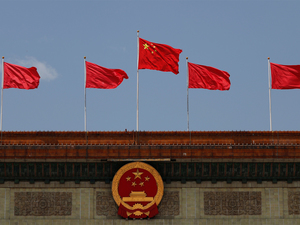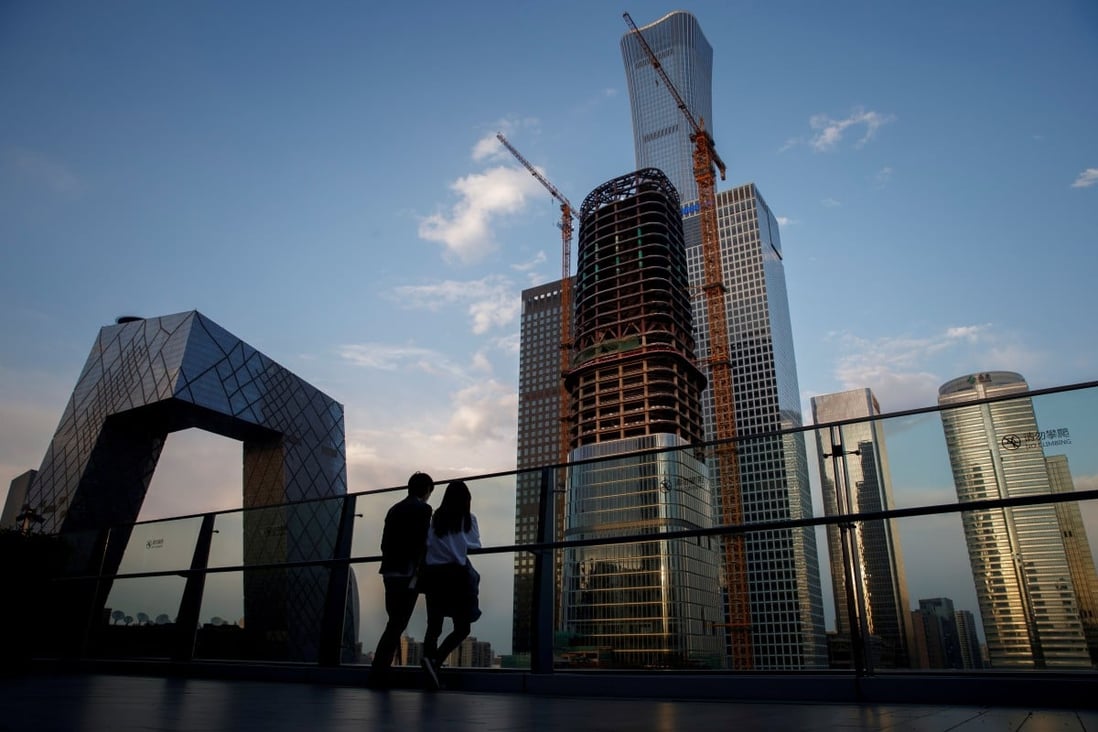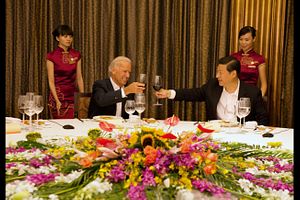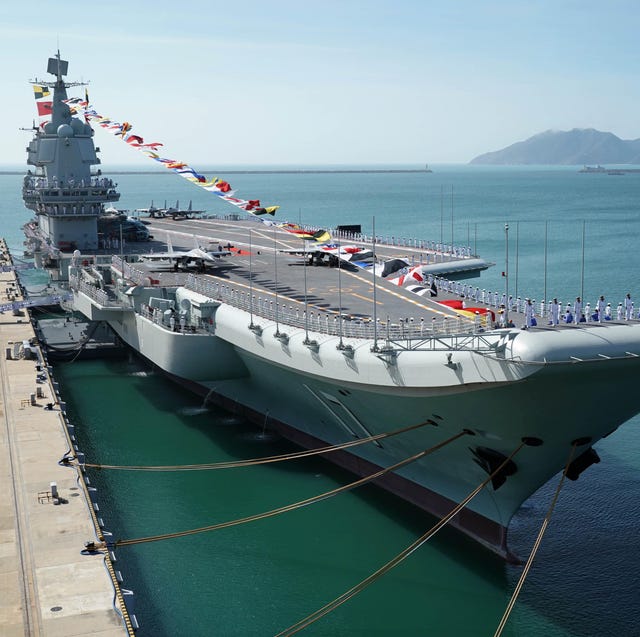By: Rajaram Panda
Introduction
On November 15, fifteen nations in the Indo-Pacific region — including China, Japan, South Korea, Australia, New Zealand, and the ten ASEAN members Brunei, Vietnam, Laos, Cambodia, Thailand, Myanmar, Malaysia, Singapore, Indonesia and the Philippines — signed the world’s largest trade agreement. Known as the Regional Comprehensive Economic Partnership (RCEP), the new trading bloc will cover 2.2 billion people and its member states’ combined GDP of $26.2 trillion accounts for around 30 percent of total global GDP. The deal’s finalization comes about a year after India announced its decision to not join the grouping, based on its perception that the terms of the agreement were skewed in China’s favor. India also feared that the deal would allow Chinese goods to flood Indian markets, threatening domestic industries. Regardless of India’s withdrawal, the pact represents a milestone in China’s ambition to become a regional trade lynch-pin.
The RCEP, first proposed in 2012, was negotiated over the course of 46 trade representative meetings and 19 ministerial meetings. As the world continues to grapple with the economic impact of Covid-19, the RCEP has the potential to reshape the geostrategic landscape in the Indo-Pacific with dramatic consequences. The RCEP could come into effect as early as mid-2021, but resistance to the deal within the national parliaments of states that have yet to ratify would likely drive its date of implementation back to January 1, 2022. Australia (currently undergoing a tumultuous diplomatic and trade war with China), Malaysia, and Thailand are among the most likely to delay ratification (China Briefing, November 17; SCMP, November 16).














